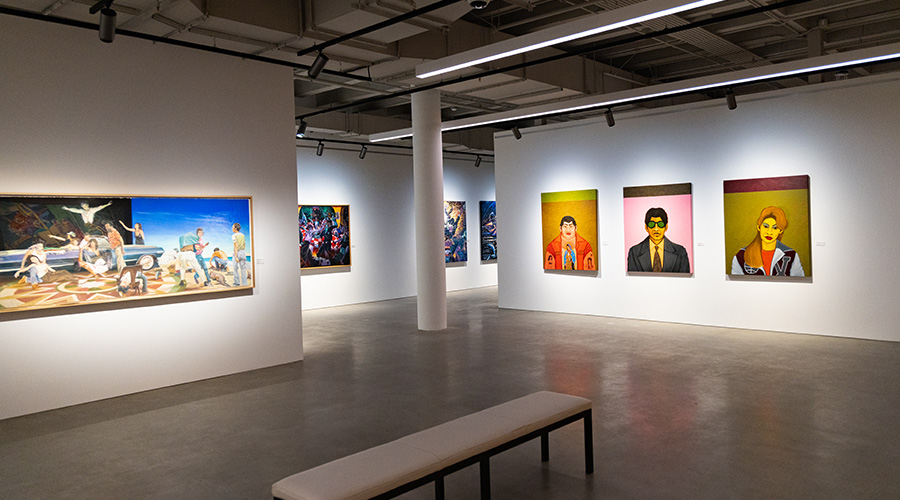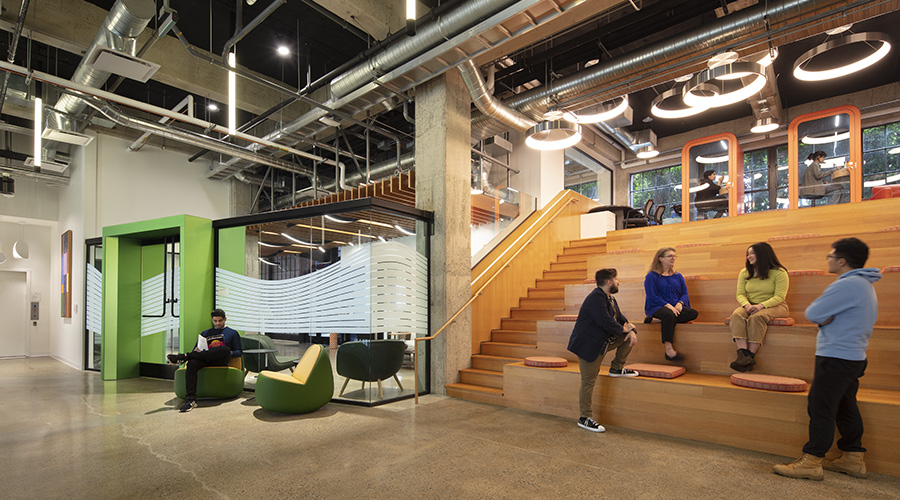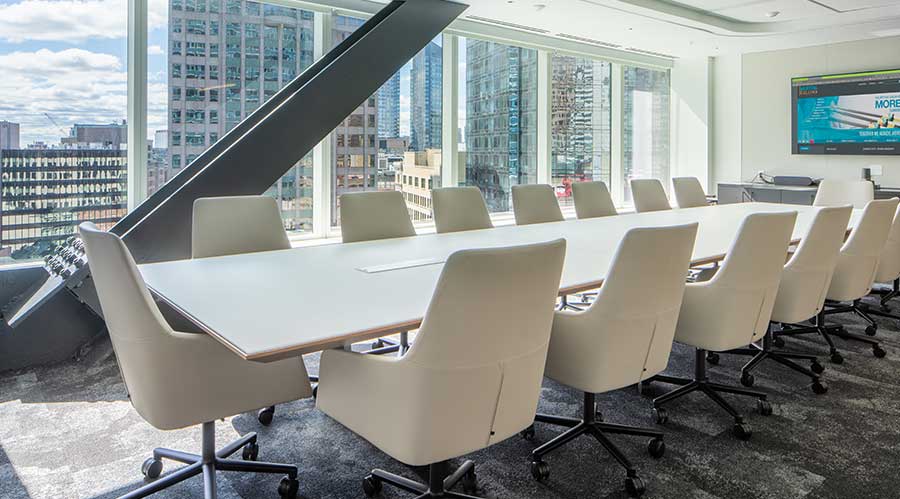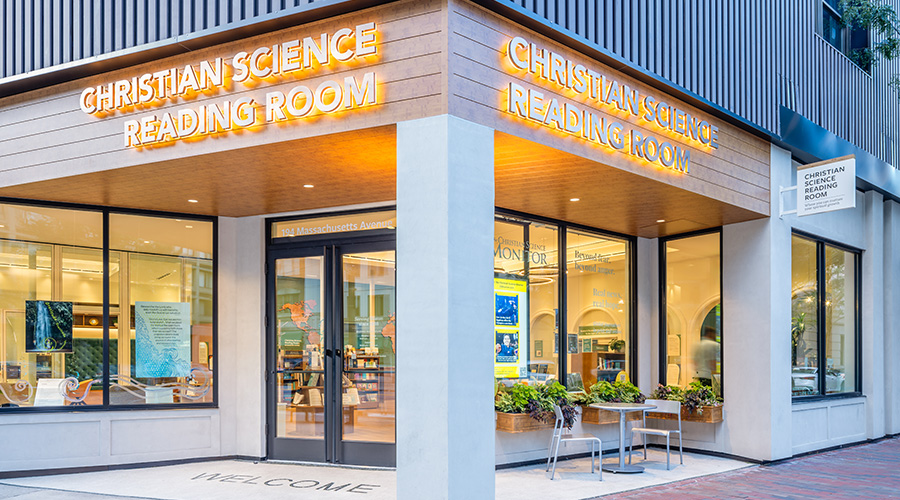New Developments Make Metal Roof And Wall Systems More Versatile Options
A decade of new developments in research and architectural creativity has made metal roof and wall systems more versatile than ever. Metal building envelopes can now look like anything a facility manager wants them to, and their advantages fit the climate of almost any region in the United States.
Sales have risen accordingly, too. A study by the Metal Construction Association (MCA) showed that sales rose at an annual average of 4 percent from 2006 to 2011. Metal dominates the agricultural sector, but has been gaining market share in commercial, industrial, and institutional buildings, too.
Some of those gains are due to the material's versatility: Schools, hospitals, and office buildings can look very different with the same underlying material. Architects and designers can do "a lot of innovative things these days that 20 years ago weren't even thought of," says Scott Kriner, technical director of the MCA. Tinkering with the alloy percentages on aluminum roofs has yielded a more ductile material that can curve around corners or smoothly wrap columns or marquees. Even if a building doesn't want to make a Frank Gehry-esque statement, metal construction today can produce a roof with no flat surfaces.
Curved metal roofs go back centuries, of course, if one thinks of copper or zinc domes on European buildings, says Bill Croucher, engineering manager for Fabral. But today, "there's more of a tendency to do this by architects, and there certainly is equipment available to force a curve into what would be a flat metal roof. The weaker the panel, the easier it is to curve."
Jim Tuschall, president and CEO of Tuschall Engineering, says that a copper or zinc roof will last "a hundred years or more, and you don't have to do anything to it." If and when the roof finally wears out, it can be fully recycled, which provides the owner with both cash and a contribution to LEED points. Zinc is gaining popularity, he says, in part because it is about half the cost of copper.
"If economy is driving (your project), you would go with steel," Kriner says, but copper or zinc, although more expensive, produce a very distinctive look and can last even longer than steel or aluminum. But, Kriner adds, products on the market today can imitate copper's patina and offer "the imperfect look that certain architects like to see."
Aside from color or texture, "there's almost an infinite number of possible shapes," Croucher says. "Every architect's building doesn't have to look like a metal building project."
Modular panels have also expanded the creativity and looks available to metal roofs. Unlike the traditional 12-inch vertical panels running from eave to ridge, Kriner says that modular panels can interlock on all four sides and can look like wood shake, clay tile, or asphalt shingle.
"There are so many different product styles, to some degree it's a curse for us," says Todd Miller, president of Classic Metal Roofing. Manufacturers are producing more coatings in more looks, so that it can "look like it's been there forever," with mixed colors suggesting gentle weathering.
Related Topics:













